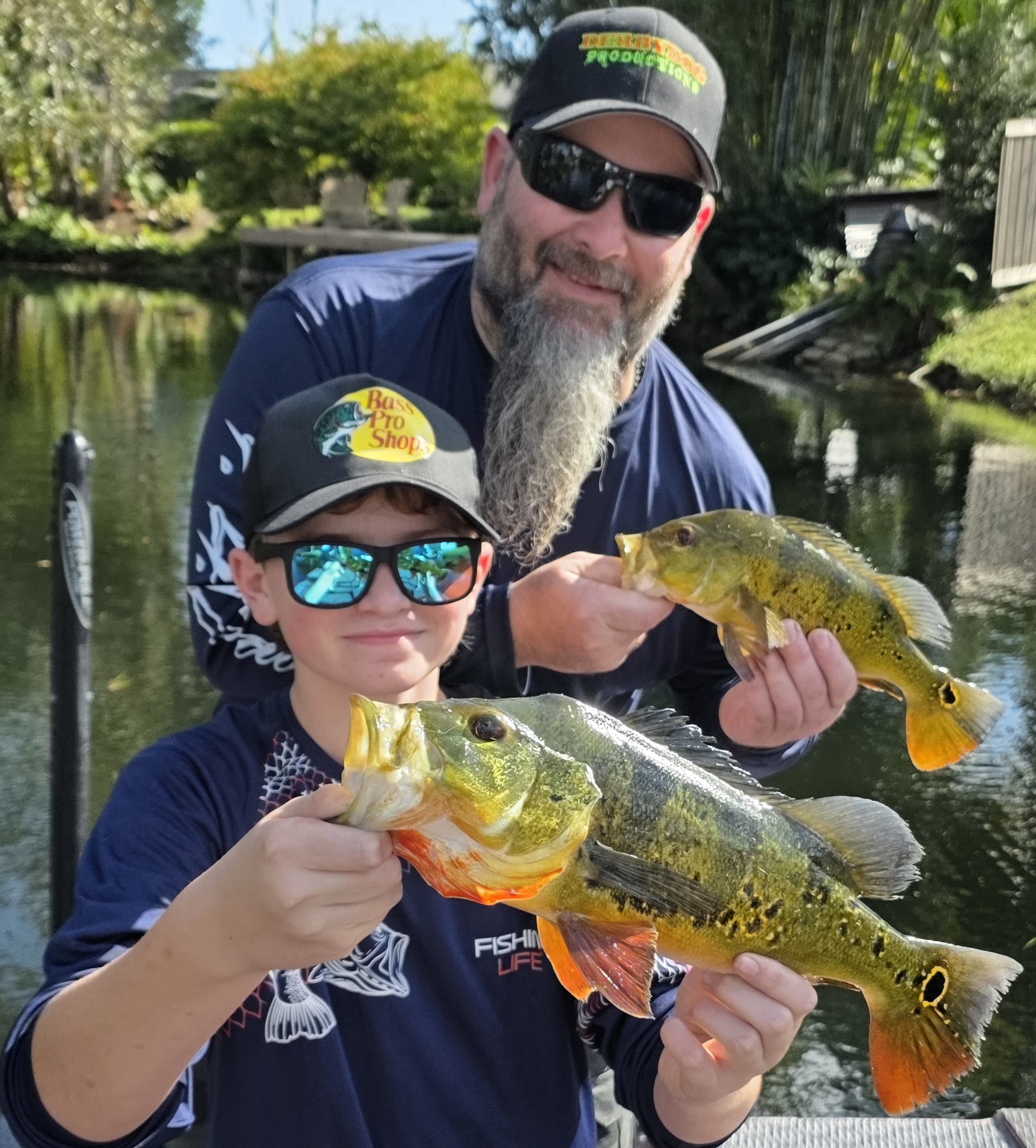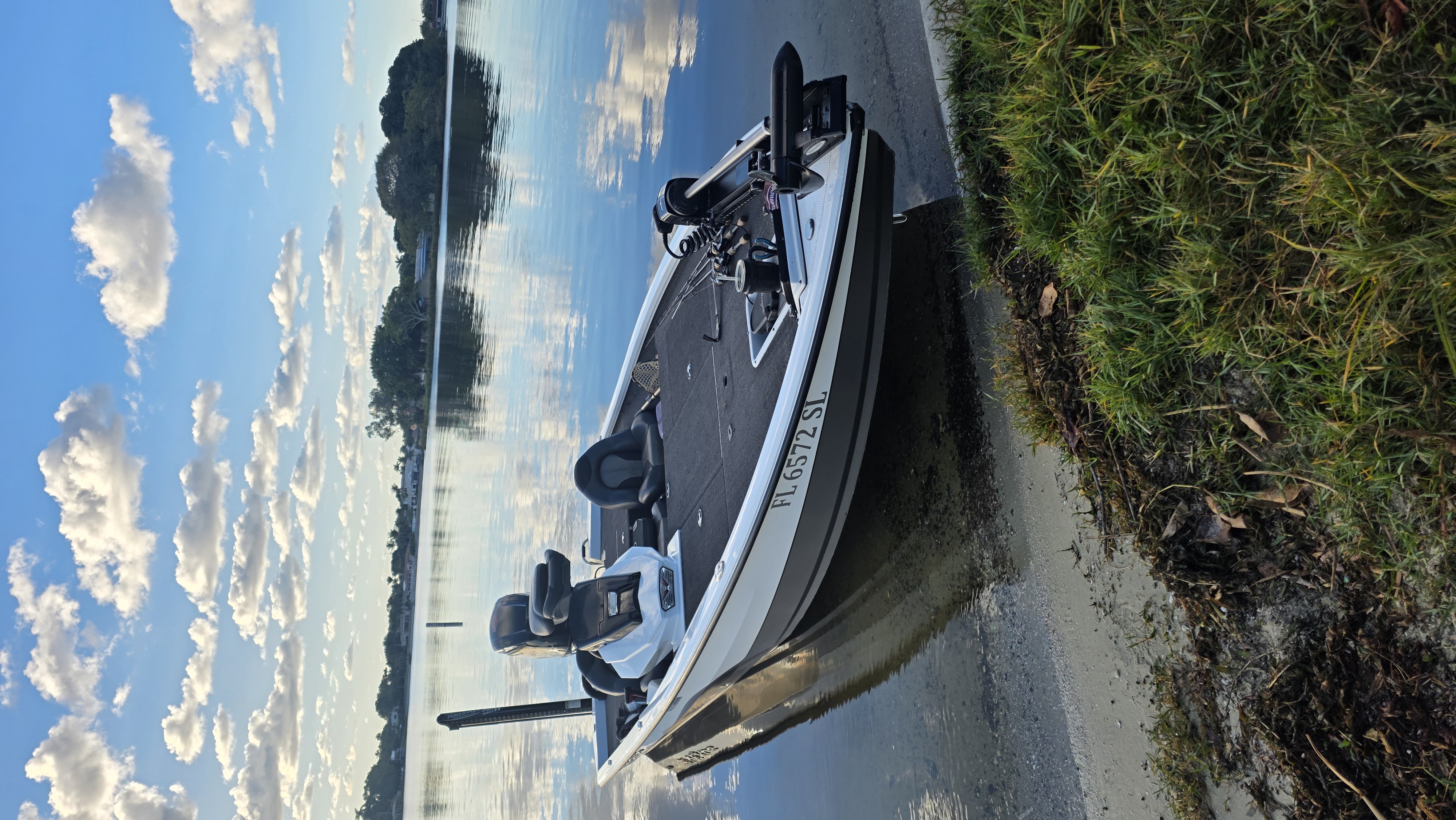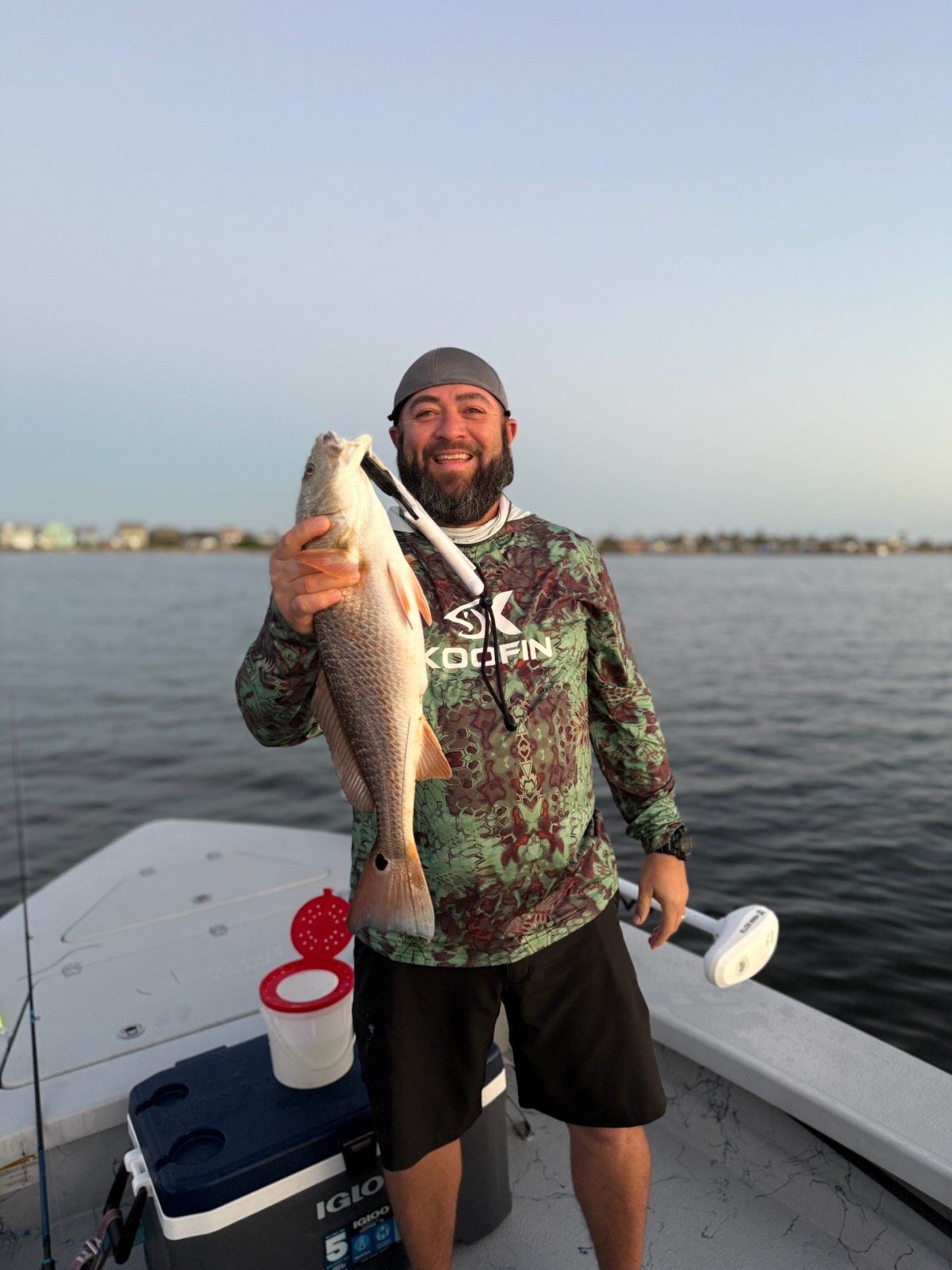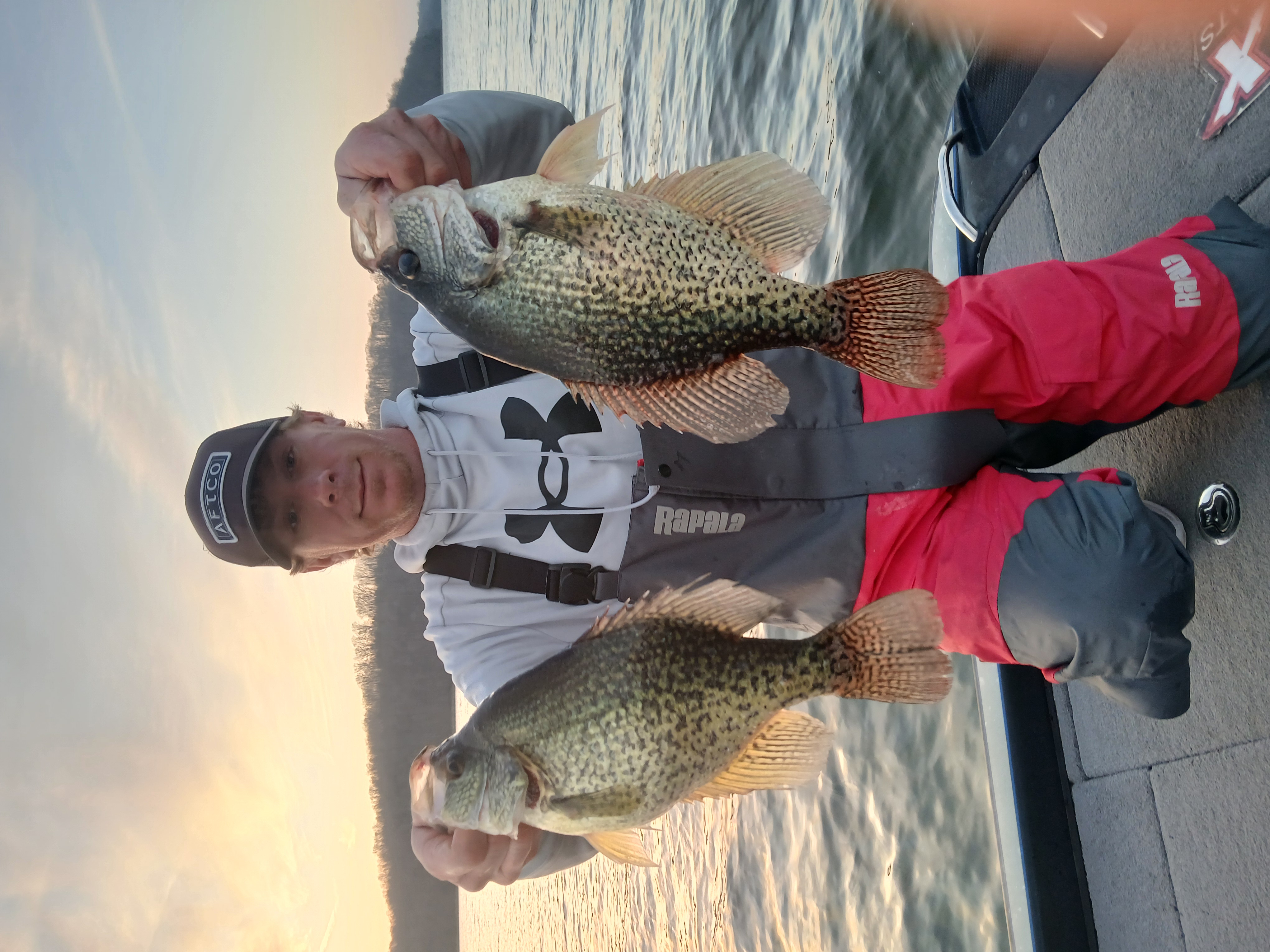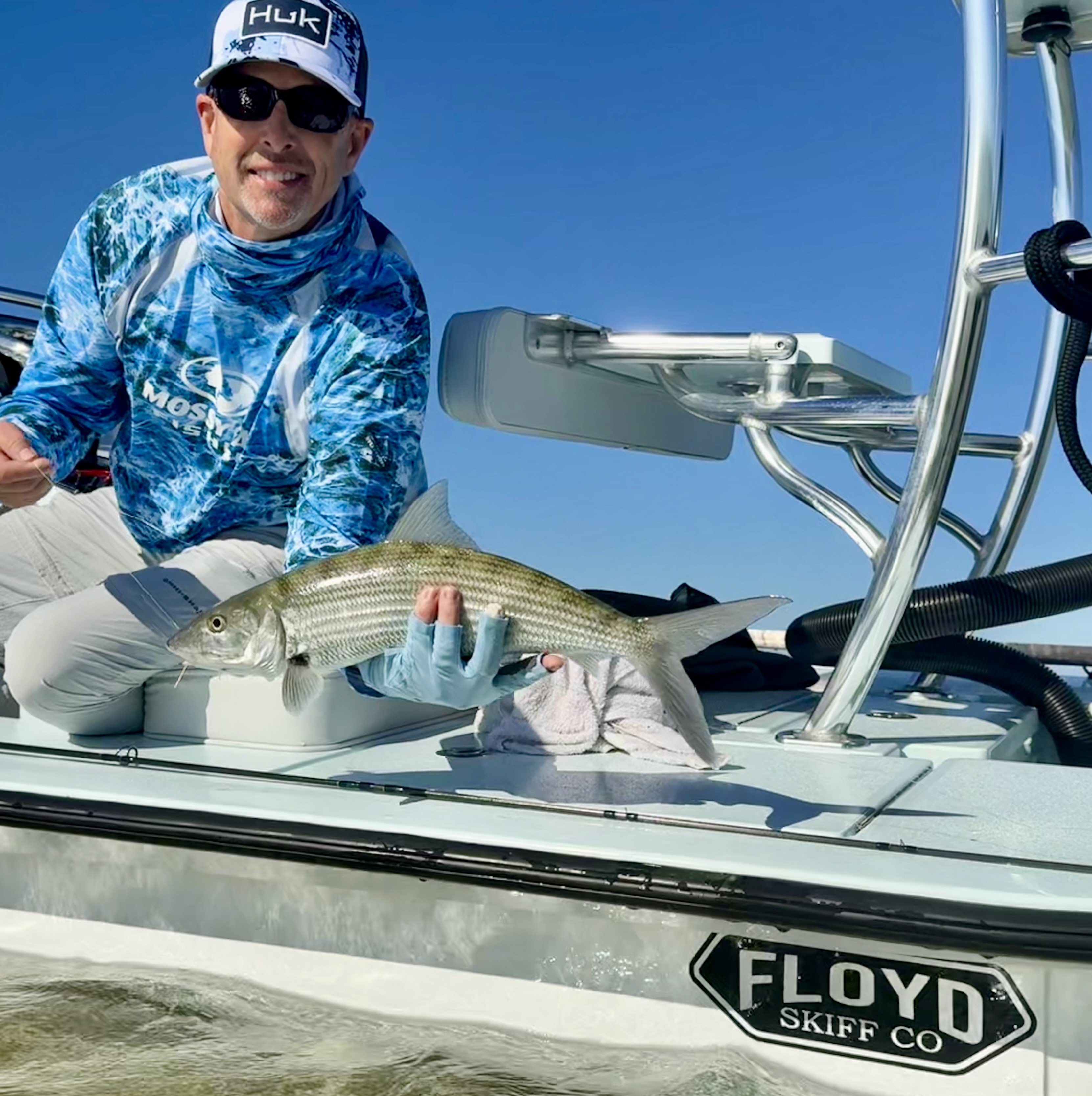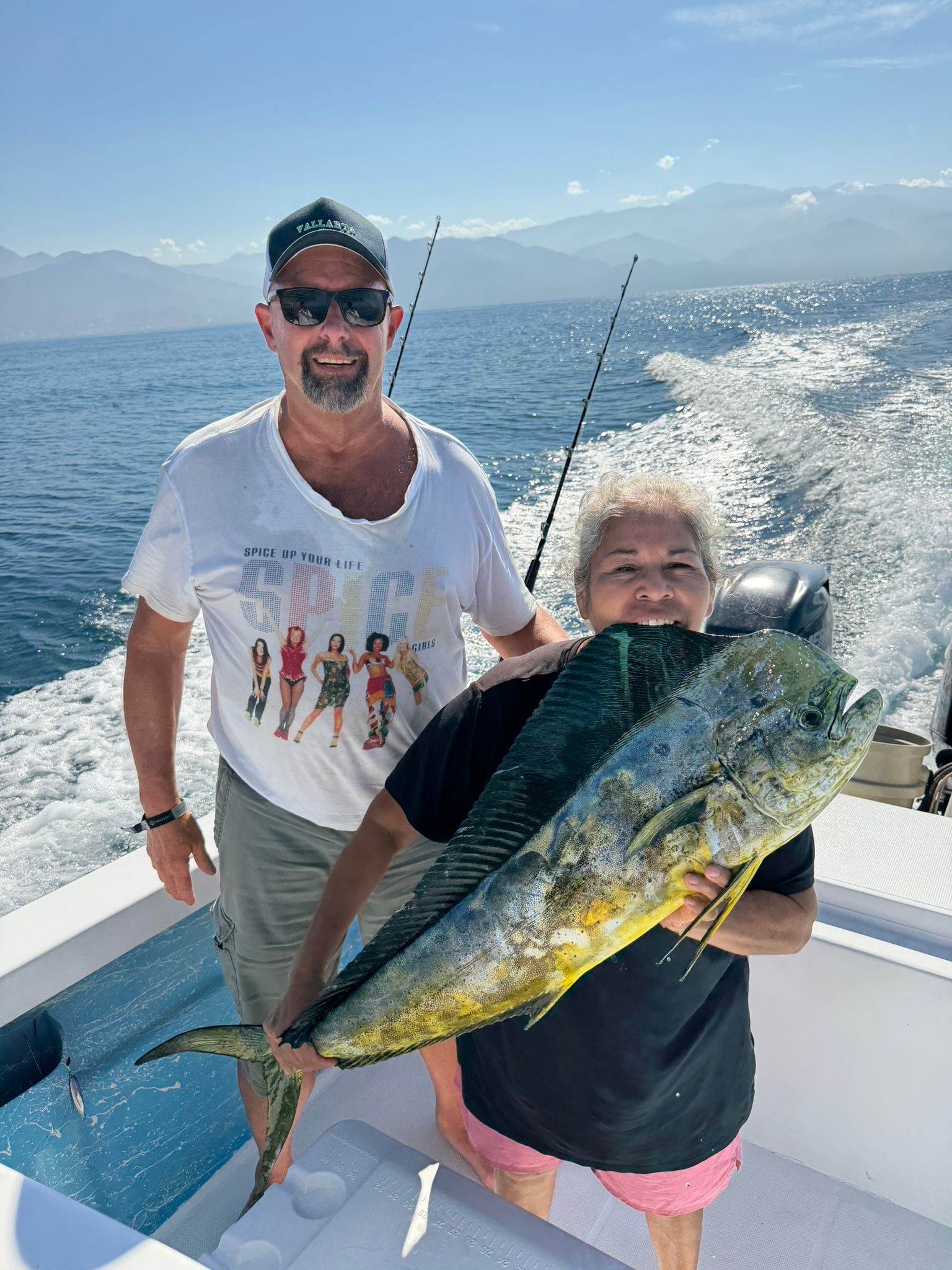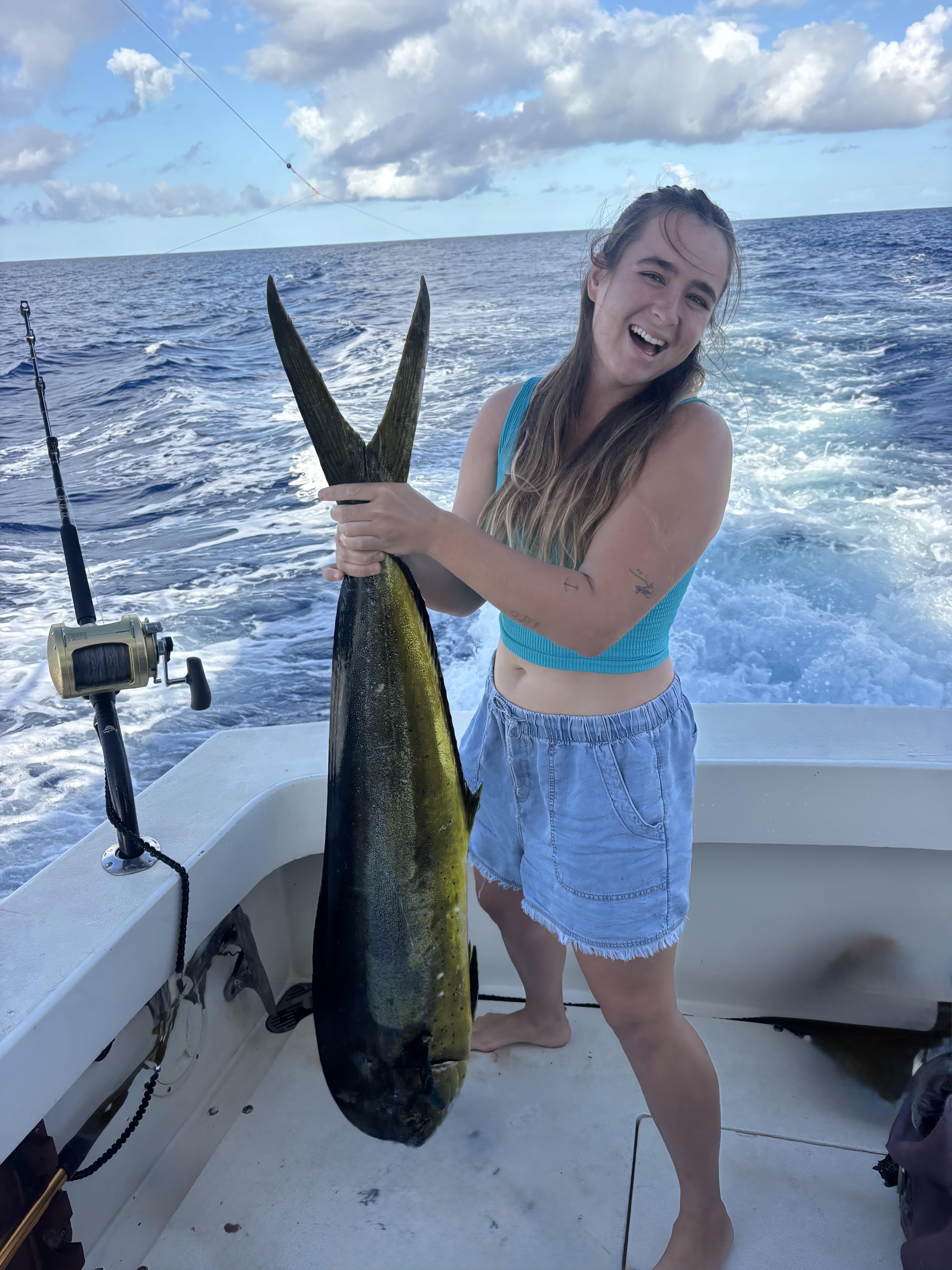Miami Peacock (4-8HR)
Lake Ida (4-8HR)
Inshore Fishing in Corpus Christi
Hook, Line & Memories Fishing Trip
Normandy Livescope Crappie Trip
Inshore, Nearshore Fishing in Orange Beach
Spring Break 6 Hour Special Rate
Inshore Fishing Sanibel PineIsland
Inshore, Flats Fishing in Key West
4-8 Hour Inshore Fishing Trip
Inshore, Deep Sea Fishing in Puerto Vallarta
31 Ft Grady White Half Day
Deep Sea Fishing in Kailua-Kona
Half Day Charter 4 Hours
Deep Sea Fishing in Puerto Vallarta
31 Ft Grady White Deep Sea Fishing
We started Captain Experiences to make it easy to book fishing and hunting guides around the world. With over 2,000 Damn Good Guides, our platform makes finding and booking a trip seamless. Head here to check out our trips.
Due to the size of the lakes and the exceptional variety of fish that reside in them, the Great Lakes have a fishing culture all their own. Recently, I was fortunate enough to fish Lake Michigan and get hands-on with gear, techniques, and fish that were previously foreign to me.
A Snapshot of Lake Michigan
The only Great Lake located entirely in the US is Lake Michigan, which ranks third-largest by surface area and second-largest by total volume. The shores of Lake Michigan are home to approximately 12 million people, with cities such as Green Bay, Milwaukee, Chicago, and Gary being some of the largest. At its deepest point, Lake Michigan is 925 feet deep, contributing to the relatively cool water temperatures that typically peak in the mid to upper 60s.
Lake Michigan is connected to Lake Huron on its north end and is technically one body of water. These lakes are connected by an almost five-mile wide channel known as the Mackinac Straits.
Unfamiliar and Without Expectation
As a kid, I cut my teeth catching largemouth bass, crappie, bluegill, and the occasional catfish in cattle ponds and creeks across North Texas. When I reached the point of being a self-sufficient angler, I progressed to striped bass and infrequent saltwater excursions.
Cool and cold water fish species native to the Northern US usually escaped my immediate interest because they were geographically irrelevant, but the books and DVDs I consumed intrigued me. I swore when I was 13 that “one day I’ll fish those Great Lakes,” and sure enough I got to take a trip on Lake Michigan.
I’ve never encountered most of the fish species that live in Lake Michigan, but Chinook (king) salmon and lake trout are two of the most prominent, which made them an easy pick for my trip.

Fishing with Captain Shane On Lake Michigan
Shane called a few days before our trip to explain that a storm dumped a lot of warm water into the lake and pushed the fish further from shore. He told us we could stay close to shore and try to target fish that had already migrated, or we could head out to the deeper water and find the fish. My group and I prioritized the experience over convenience and we told Captain Shane to take us out to the fish.
On the day of the trip, we drove to the dock and hit the water. From the start, Lake Michigan felt like the ocean. We traveled down a long narrow stretch of water similar to a coastal inlet. As we entered open water, my brain struggled to make sense of this deep blue lake with decent chop and no shoreline on the horizon. It didn’t fit within the parameters that my brain associates with a lake.
While fishing with Captain Shane, there were several things about the trip that stuck out as unique, uncommon, and/or foreign. We trolled for salmon and trout at around 2 knots which is significantly slower than the 6 to 12 knot speeds typical of offshore fishing. When fishing depths are around 150 feet, faster speeds push the bait closer to the surface.

Specialized Gear for Lake Trout and Salmon
Almost every piece of gear on Shane’s boat is made to fish deep water. In order to troll lures 150 to 200 feet deep, just shy of 400 feet of line needs to be let out. Several of the reels were spooled up with braid that contained copper which helps the line sink and also adds strength. The two main tools used to troll at extreme depths are down riggers and dipsy divers.
Downriggers look like stout short fishing rods with a huge spool reel loaded up with cable line. On the end of the cable line is a weight that ranges from 2 to 10 pounds. The fishing line from one of the conventional fishing reels is clipped to the weight and dropped to the desired depth. When a fish bites the lure, the line pulls out of the clip and allows you to fight the fish.
Dipsy divers are flat discs with a triangular attachment point on top. This causes the disc to slant which grabs the water and dives hard. On the back of the disc is another attachment point where the leader is attached. The leader in this application is made up of a shock leader followed by monofilament. The shock leader is a twisted rubber high-test line that absorbs the force from a strike.
The presentation that’s dragged behind these diving mechanisms is an oversized spoon called a flasher, followed by a short leader, then a spoon or trolling fly with a treble hook. Almost every connection between the mainline and the spoon is done with swivels and snaps, which makes it easy to change the flasher or spoon.
Catching Lake Michigan King Salmon and Lake Trout
Once Captain Shane got all the lines set, the bite was quick to follow. The only issue was the fish seemed to be shy. In the first hour of fishing there were about 10 bites but only two made it in the boat. Even with a group of experienced anglers, the fish spit the hook before we could land them. Shane pointed to his fish finder that showed school after school of baitfish. He explained that the fish don’t strike as hard when food is abundant, which results in a hook set that is less than ideal.

As time went on, the bait started to thin out and the catch rate shifted heavily in our favor. With the shift in success came muscle fatigue. King salmon and lake trout can be large, but even the smaller fish are strong. To make things more intense, typically 10 or more rods are in the water. This means the boat doesn’t stop when a fish bites because it would inevitably result in tangled lines. The most obvious difficulty is reeling in 400 feet of line while fighting all of the other factors.
After a successful day of fishing, every angler on the boat was tired with cramped arms and a smile on their face. The fishing was excellent with a consistent bite from start to finish.
Joey Butrus
Updated on August 2, 2023

January 19, 2021

April 15, 2022

June 22, 2022

January 7, 2022

June 28, 2023
Related Articles
February 12, 2021
May 17, 2022
July 26, 2022
Featured Locations
- Fishing Charters Near Me
- Austin Fishing Guides
- Biloxi Fishing Charters
- Bradenton Fishing Charters
- Cabo San Lucas Fishing Charters
- Cancun Fishing Charters
- Cape Coral Fishing Charters
- Charleston Fishing Charters
- Clearwater Fishing Charters
- Corpus Christi Fishing Charters
- Crystal River Fishing Charters
- Dauphin Island Fishing Charters
- Daytona Beach Fishing Charters
- Destin Fishing Charters
- Fort Lauderdale Fishing Charters
- Fort Myers Fishing Charters
- Fort Walton Beach Fishing Charters
- Galveston Fishing Charters
- Gulf Shores Fishing Charters
- Hatteras Fishing Charters
- Hilton Head Fishing Charters
- Islamorada Fishing Charters
- Jacksonville Fishing Charters
- Jupiter Fishing Charters
- Key Largo Fishing Charters
- Key West Fishing Charters
- Kona Fishing Charters
- Lakeside Marblehead Fishing Charters
- Marathon Fishing Charters
- Marco Island Fishing Charters
- Miami Fishing Charters
- Montauk Fishing Charters
- Morehead City Fishing Charters
- Naples Fishing Charters
- New Orleans Fishing Charters
- New Smyrna Beach Fishing Charters
- Ocean City Fishing Charters
- Orange Beach Fishing Charters
- Panama City Beach Fishing Charters
- Pensacola Fishing Charters
- Pompano Beach Fishing Charters
- Port Aransas Fishing Charters
- Port Orange Fishing Charters
- Rockport Fishing Charters
- San Diego Fishing Charters
- San Juan Fishing Charters
- Sarasota Fishing Charters
- South Padre Island Fishing Charters
- St. Augustine Fishing Charters
- St. Petersburg Fishing Charters
- Tampa Fishing Charters
- Tarpon Springs Fishing Charters
- Venice Fishing Charters
- Virginia Beach Fishing Charters
- West Palm Beach Fishing Charters
- Wilmington Fishing Charters
- Wrightsville Beach Fishing Charters


